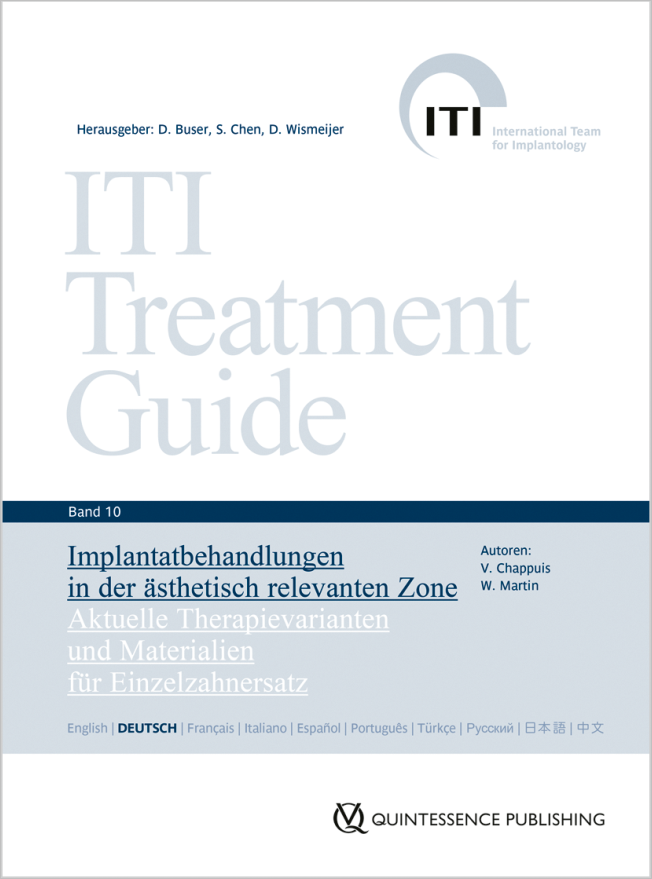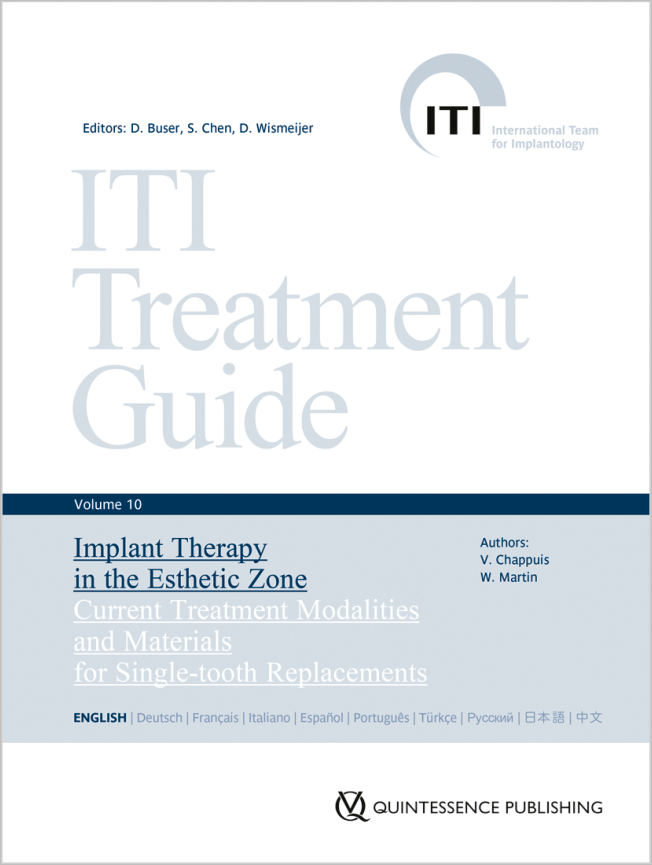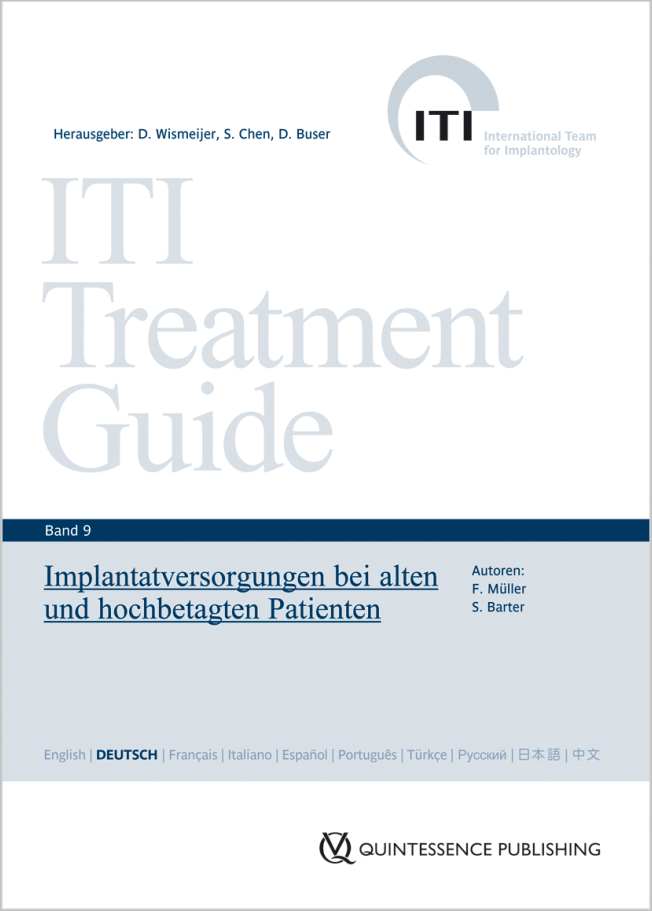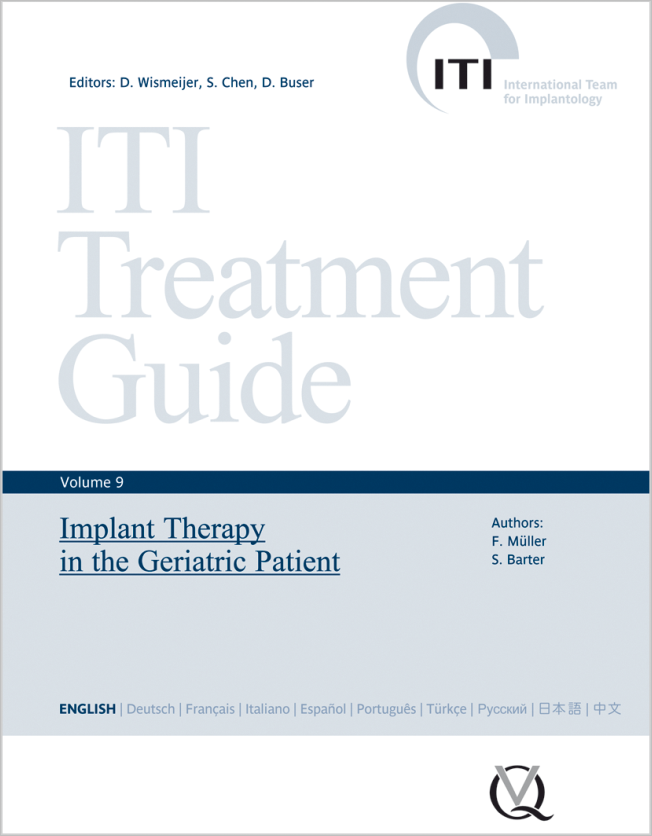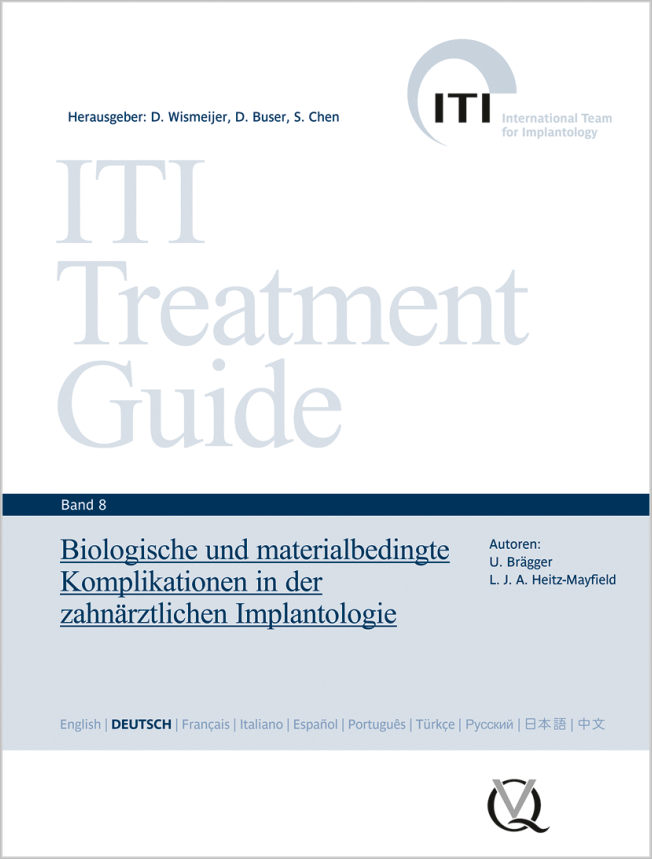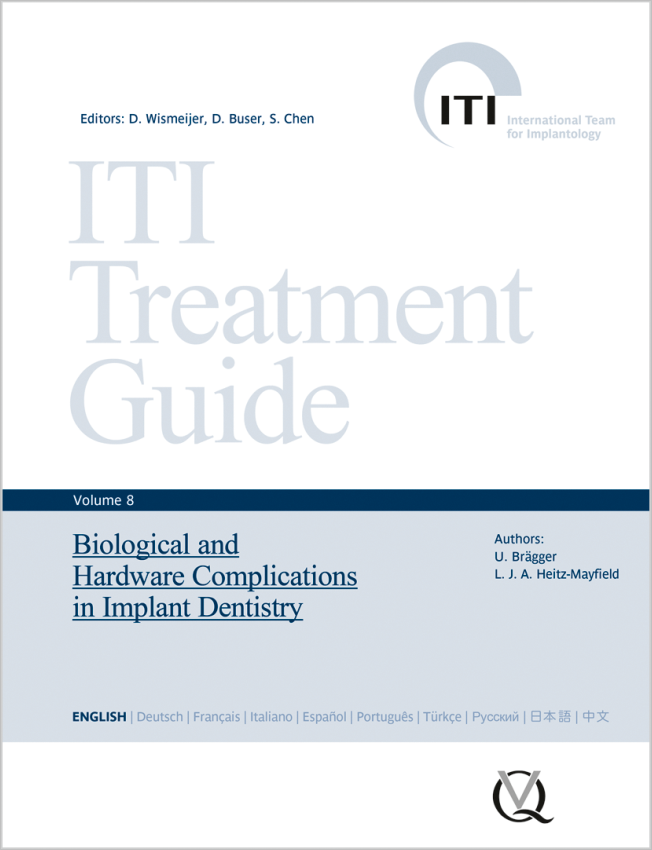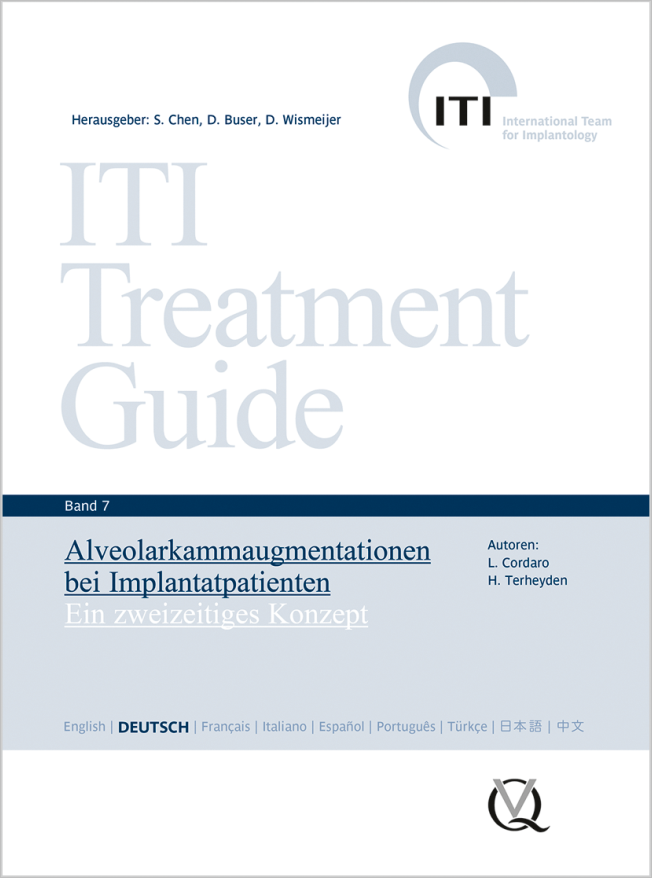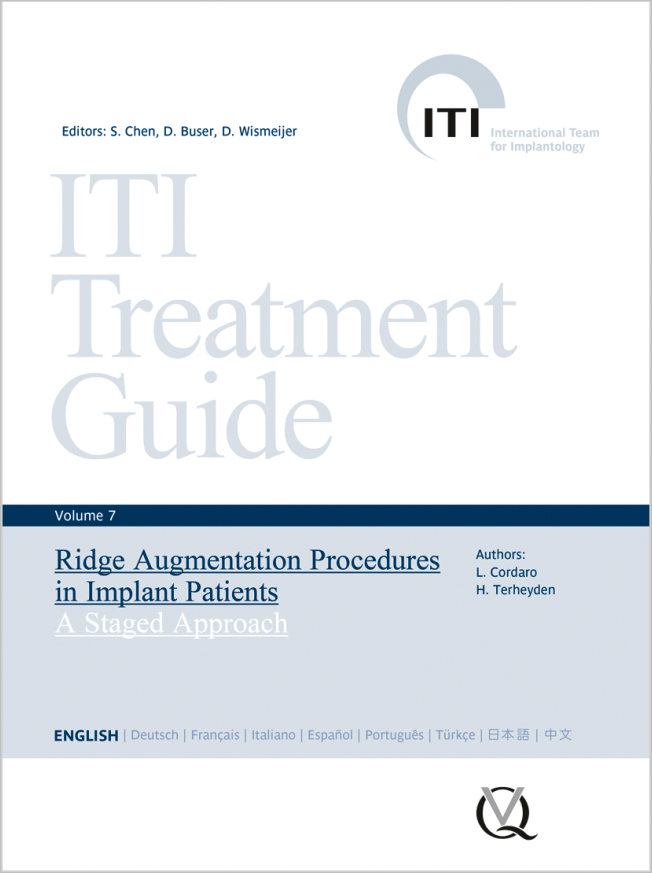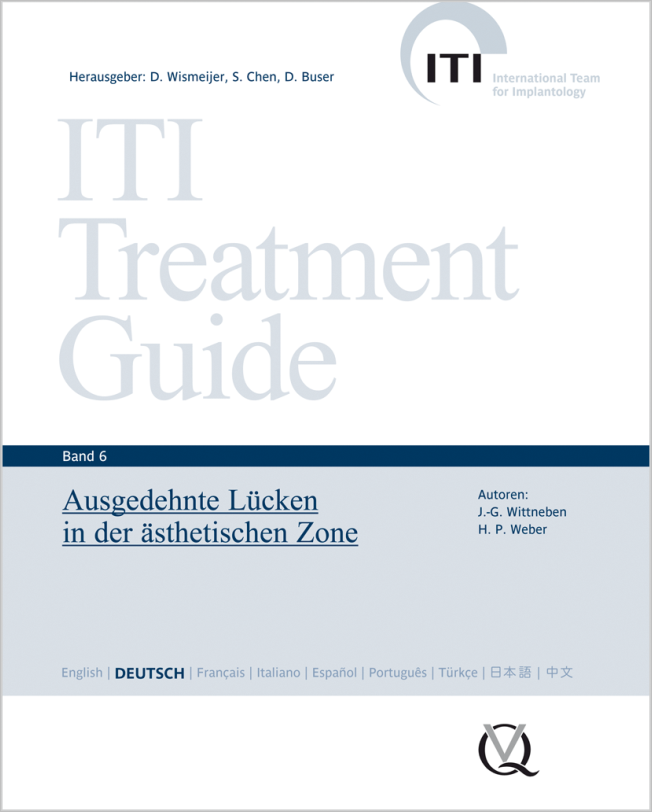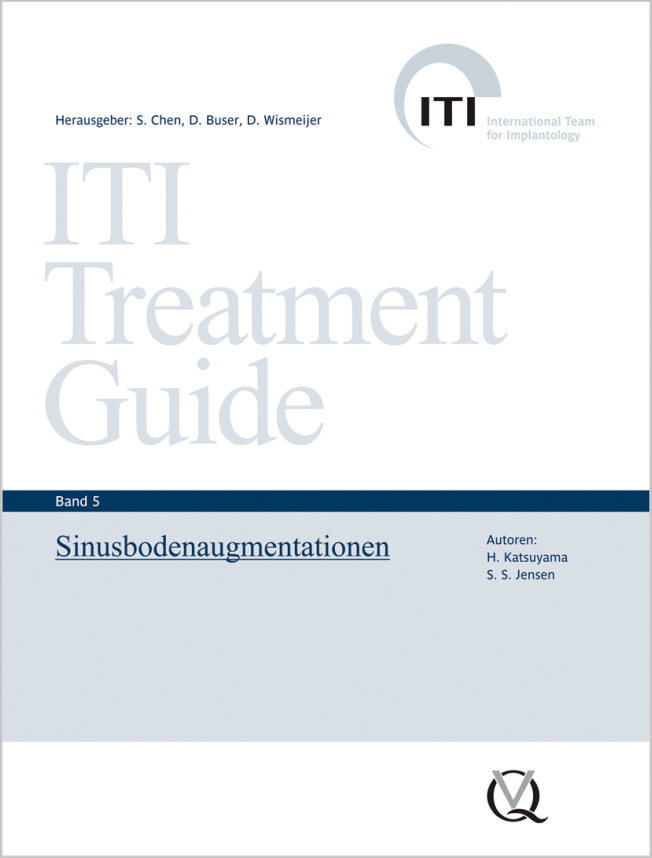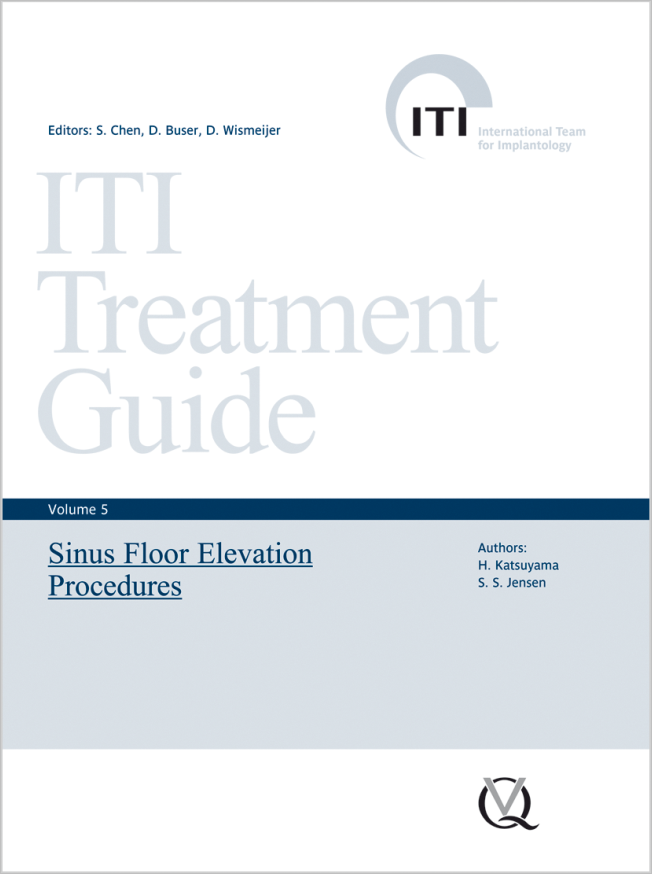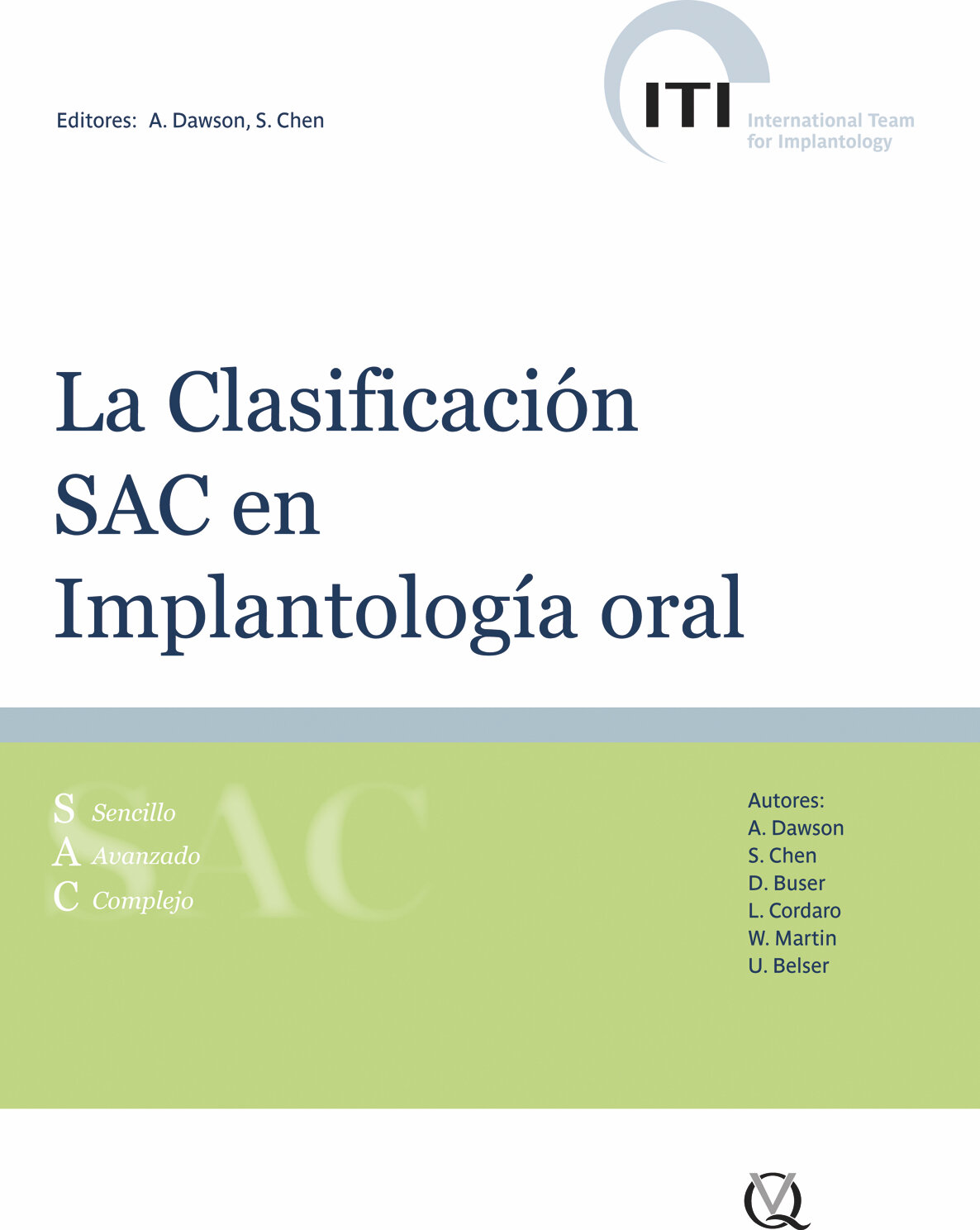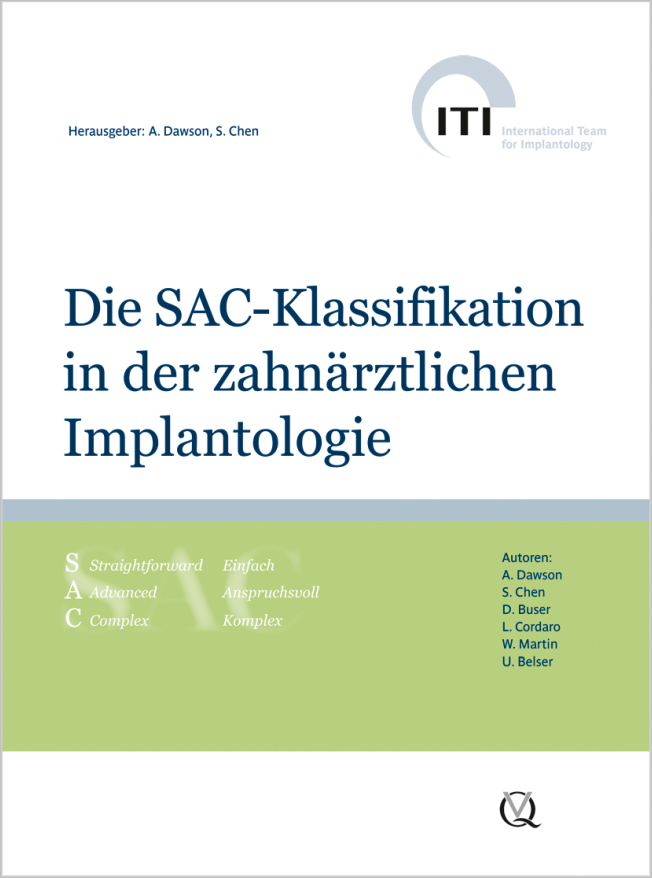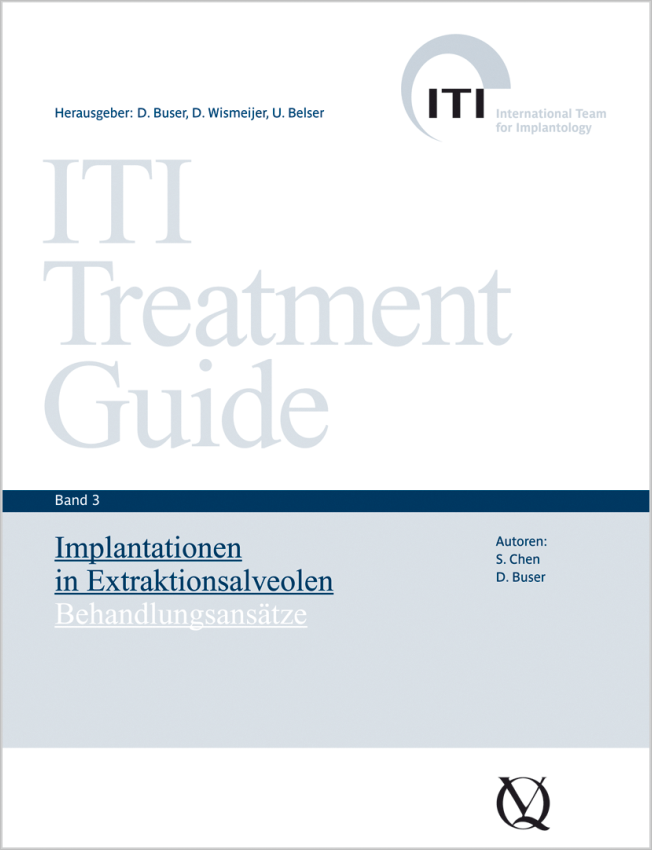The International Journal of Oral & Maxillofacial Implants, 4/2021
Online OnlyDOI: 10.11607/jomi.8750Pages e72-e89, Language: EnglishZhou, Wenjie / Gallucci, German O / Chen, Stephen / Buser, Daniel / Hamilton, Adam
Purpose: To analyze the effect of implant placement and loading protocols (protocol types) on the survival of single implant tooth replacements in different locations.
Materials and methods: An electronic search was conducted to identify clinical trials regarding outcomes of single implants subjected to different treatment protocols. A weighted mean survival rate for each protocol type in the anterior maxilla, anterior mandible, posterior maxilla, and posterior mandible was calculated. Study design, sample size, and outcome homogeneity were used to evaluate the validation of each protocol type in different locations.
Results: A total of 45 publications (13 RCTs, 21 prospective studies, and 11 retrospective studies) were included. The anterior maxilla was the most reported site (35 studies, 1,391 implants, weighted survival rate: 97.5% to 99.6%). Immediate placement + conventional loading (Type 1C) and late placement + immediate restoration/loading (Type 4A) were scientifically and clinically validated (SCV). For the posterior maxilla (19 studies, 567 implants, weighted survival rate: 85.7% to 100%), Type 1C was SCV. The anterior mandible was the least-reported site (three studies, 42 implants, weighted survival rate: 98.5% to 100%). For the posterior mandible (13 studies, 447 implants, weighted survival rate: 95.0% to 100%), late placement + conventional loading (Type 4C) was SCV. It was not possible to perform a metaanalysis due to the limited number of controlled studies that had the same comparison and considerable heterogeneity in study design.
Conclusion: Differences were found in the level of scientific evidence between the anterior and posterior and the maxilla and mandible, indicating that location is a consideration when selecting treatment protocol for a single implant.
Keywords: dental implants, placement and loading protocol, single implant
2019-1
Pages 22-39, Language: EnglishChen, Stephen T. / Hamilton, AdamAt the 6th ITI Consensus Conference in 2018, a new classification system that combines the implant placement time and the anticipated loading protocol was introduced by Gallucci and co-workers (Gallucci et al. 2018). For immediate (type 1) implant placement, three implant placement/loading protocols were defined. These are: type 1A (defined as immediate placement and immediate restoration/loading), type 1B (defined as immediate placement and early loading) and type 1C (defined as immediate placement and conventional loading). The levels of evidence and weighted mean and median survival rates for each of the three protocols is reproduced from the publication. The indications, and surgical and prosthodontic procedures for the three protocols are described and illustrated by case reports.
Keywords: Immediate implants, type 1 placement, loading protocols, outcomes, case reports
The International Journal of Oral & Maxillofacial Implants, 7/2014
SupplementPages 7-11, Language: EnglishChen, Stephen / Cochran, David / Buser, DanielThe International Journal of Oral & Maxillofacial Implants, 7/2014
SupplementDOI: 10.11607/jomi.2014suppl.g3.3, PubMed ID (PMID): 24660198Pages 186-215, Language: EnglishChen, Stephen T. / Buser, DanielPurpose: The objectives of this systematic review are (1) to quantitatively estimate the esthetic outcomes of implants placed in postextraction sites, and (2) to evaluate the influence of simultaneous bone augmentation procedures on these outcomes.
Materials and Methods: Electronic and manual searches of the dental literature were performed to collect information on esthetic outcomes based on objective criteria with implants placed after extraction of maxillary anterior and premolar teeth. All levels of evidence were accepted (case series studies required a minimum of 5 cases).
Results: From 1,686 titles, 114 full-text articles were evaluated and 50 records included for data extraction. The included studies reported on single-tooth implants adjacent to natural teeth, with no studies on multiple missing teeth identified (6 randomized controlled trials, 6 cohort studies, 5 cross-sectional studies, and 33 case series studies). Considerable heterogeneity in study design was found. A meta-analysis of controlled studies was not possible. The available evidence suggests that esthetic outcomes, determined by esthetic indices (predominantly the pink esthetic score) and positional changes of the peri-implant mucosa, may be achieved for single-tooth implants placed after tooth extraction. Immediate (type 1) implant placement, however, is associated with a greater variability in outcomes and a higher frequency of recession of > 1 mm of the midfacial mucosa (eight studies; range 9% to 41% and median 26% of sites, 1 to 3 years after placement) compared to early (type 2 and type 3) implant placement (2 studies; no sites with recession > 1 mm). In two retrospective studies of immediate (type 1) implant placement with bone graft, the facial bone wall was not detectable on cone beam CT in 36% and 57% of sites. These sites had more recession of the midfacial mucosa compared to sites with detectable facial bone. Two studies of early implant placement (types 2 and 3) combined with simultaneous bone augmentation with GBR (contour augmentation) demonstrated a high frequency (above 90%) of facial bone wall visible on CBCT. Recent studies of immediate (type 1) placement imposed specific selection criteria, including thick tissue biotype and an intact facial socket wall, to reduce esthetic risk. There were no specific selection criteria for early (type 2 and type 3) implant placement.
Conclusions: Acceptable esthetic outcomes may be achieved with implants placed after extraction of teeth in the maxillary anterior and premolar areas of the dentition. Recession of the midfacial mucosa is a risk with immediate (type 1) placement. Further research is needed to investigate the most suitable biomaterials to reconstruct the facial bone and the relationship between long-term mucosal stability and presence/absence of the facial bone, the thickness of the facial bone, and the position of the facial bone crest.
Keywords: bone grafts, CBCT, contour augmentation, early implant placement, esthetics, GBR, immediate implant
The International Journal of Oral & Maxillofacial Implants, 7/2014
SupplementDOI: 10.11607/jomi.2013.g3, PubMed ID (PMID): 24660199Pages 216-220, Language: EnglishMorton, Dean / Chen, Stephen T. / Martin, William C. / Levine, Robert A. / Buser, Daniel



